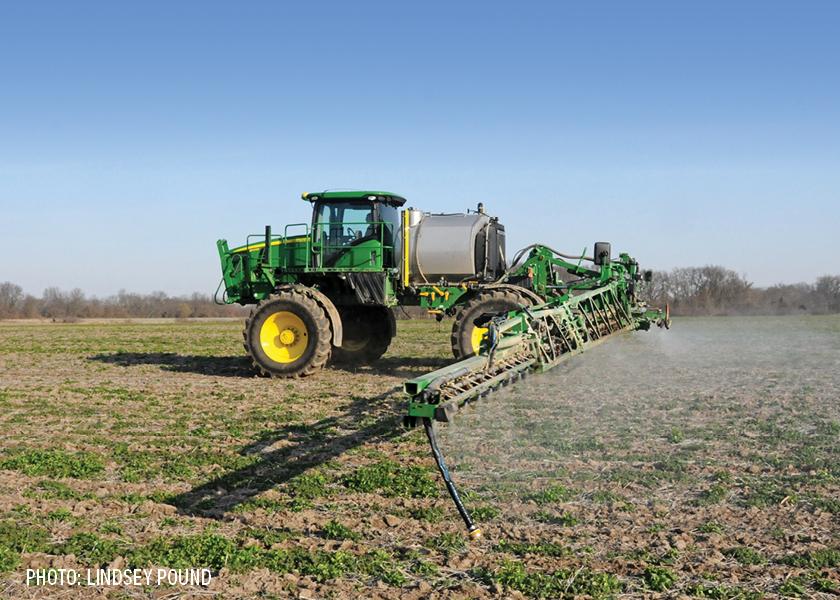3 Tips For Better Weed-Control Outcomes This Season

The best strategy for weed control in corn and soybeans is much like the one agronomists have long recommended for nutrient management – the 4R approach of right product (source), right rate, right time and right place.
Within that strategy is plenty of room to evaluate and implement agronomic practices that can prevent weeds from taking a big bite out of crop yield potential, says Ken Ferrie, Farm Journal field agronomist.
Here are three tips he recommends to help farmers gain the upper hand over weeds this spring. Some of the ideas are crop specific, while others can work in both corn and soybeans.
1. Application timing is always a big deal. It needs to be taken into consideration whether making a burndown, preplant, pre-emergence or post application.
One of Ferrie’s concerns is that when conditions are right to plant, farmers sometimes move too quickly. The planting process takes precedent over a needed burndown treatment or preemergence herbicide application.
“Corn and soybeans came out of the ground here in central Illinois pretty quickly last season (less than five days after planting in many cases), and that affected some preemergence herbicides that needed to be applied before crop emergence,” Ferrie recalls. “In a situation like that, farmers had to switch products because they hadn’t applied those herbicides early enough.”
With burndown herbicides, Ferrie says to allow adequate time for the herbicide to be taken up by weeds prior to planting. Sometimes, he says farmers will pull 2,4-D out of their program because they don’t want to wait a week before moving into the field to plant.
“You take a lot of horsepower out of that burndown treatment when you do that, and I see it happen a lot,” he says. “We're in a big non-GMO market where guys will pull the 2,4-D out to keep planting, and they don’t get control of the giant ragweed or marestail. Then, they’re sitting there later in the season with big marestail that a post herbicide can’t take out, because it’s just too big.”
2. Early-planted soybeans will likely require a change in weed-control practices.
Planting soybeans early, so they begin to flower before the summer solstice, can boost yield. But changing the plants’ growing pattern requires modifying weed-control practices.
Soybeans planted in March and early April are typically subject to cool, wet conditions for a long period. Soil-applied herbicides from Group 14 (PPO inhibitors) can cause stunting in these conditions. Seed treatments are essential, especially if you farm in a physical environment subject to Sudden Death Syndrome.
“Our studies show early-planted soybeans close their canopy sooner (by calendar date, although it actually takes more days) than normal-planted beans, regardless of row width,” Ferrie adds. “Soybeans in 30" rows, planted early, might close the row sooner than soybeans in 15" rows planted at the normal time, due to more early vegetative growth.
“As a result we see better control of late-emerging weeds, with fewer escapes in August and early September. The earlier canopy helps considerably with waterhemp, which emerges later in the season. So shift your focus a bit more toward early-season weed control — starting clean and staying clean until canopy,” he adds.
3. Don’t let wind defeat your weed-control plan.
Off-target movement of herbicides is an ever-increasing concern today and needs to be taken into consideration for your and your neighbors’ sakes.
As a reminder, most if not all herbicide labels today offer specific directions on applications relative to wind speeds, Ferrie notes.
“Wind is one of those factors that has to be penciled in, because I've seen it create a five-, six-, seven-day delay for a herbicide application and, unfortunately, weeds don't quit growing just because the wind is blowing,” he adds. “That can create a situation where all of a sudden you have weeds that are outside of the label of what you were trying to capture with a herbicide application, and now you either have to change the product or increase the application rate to make up for the delay.”







